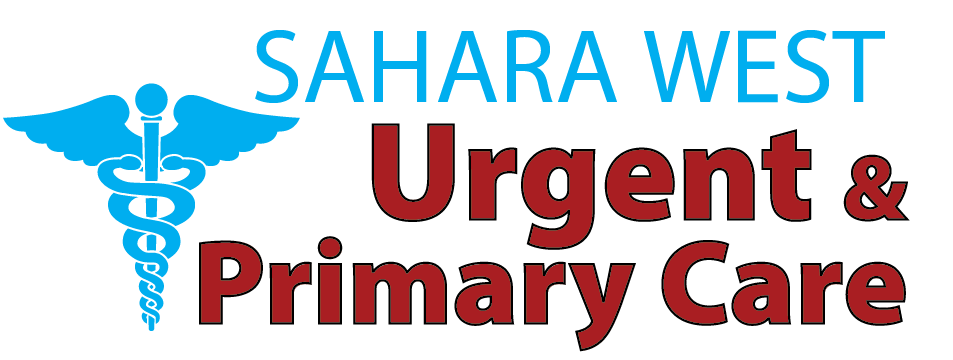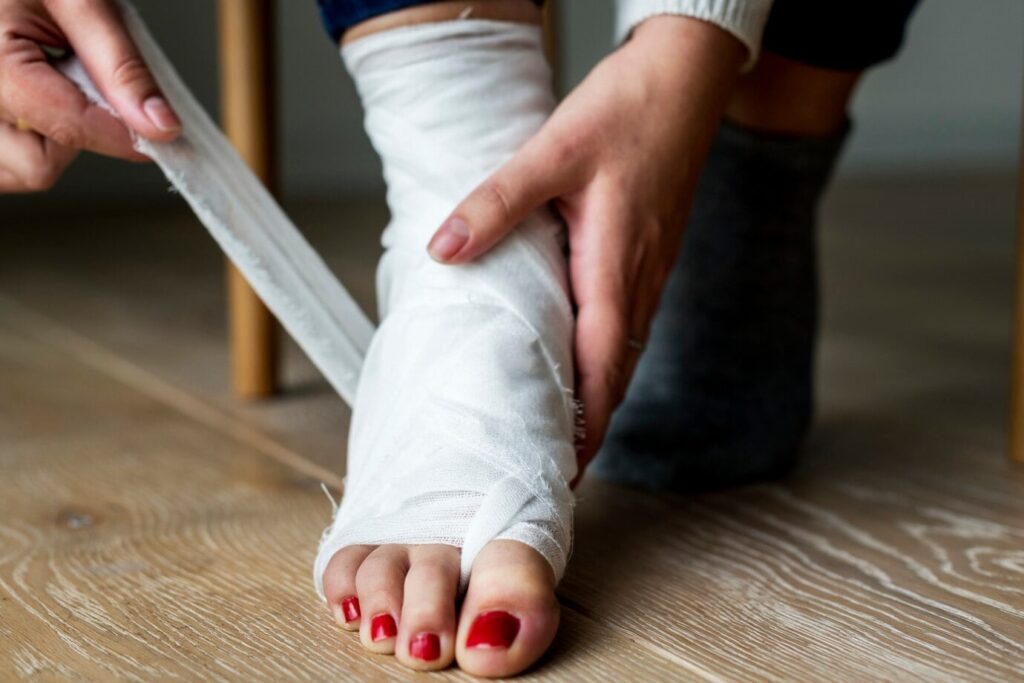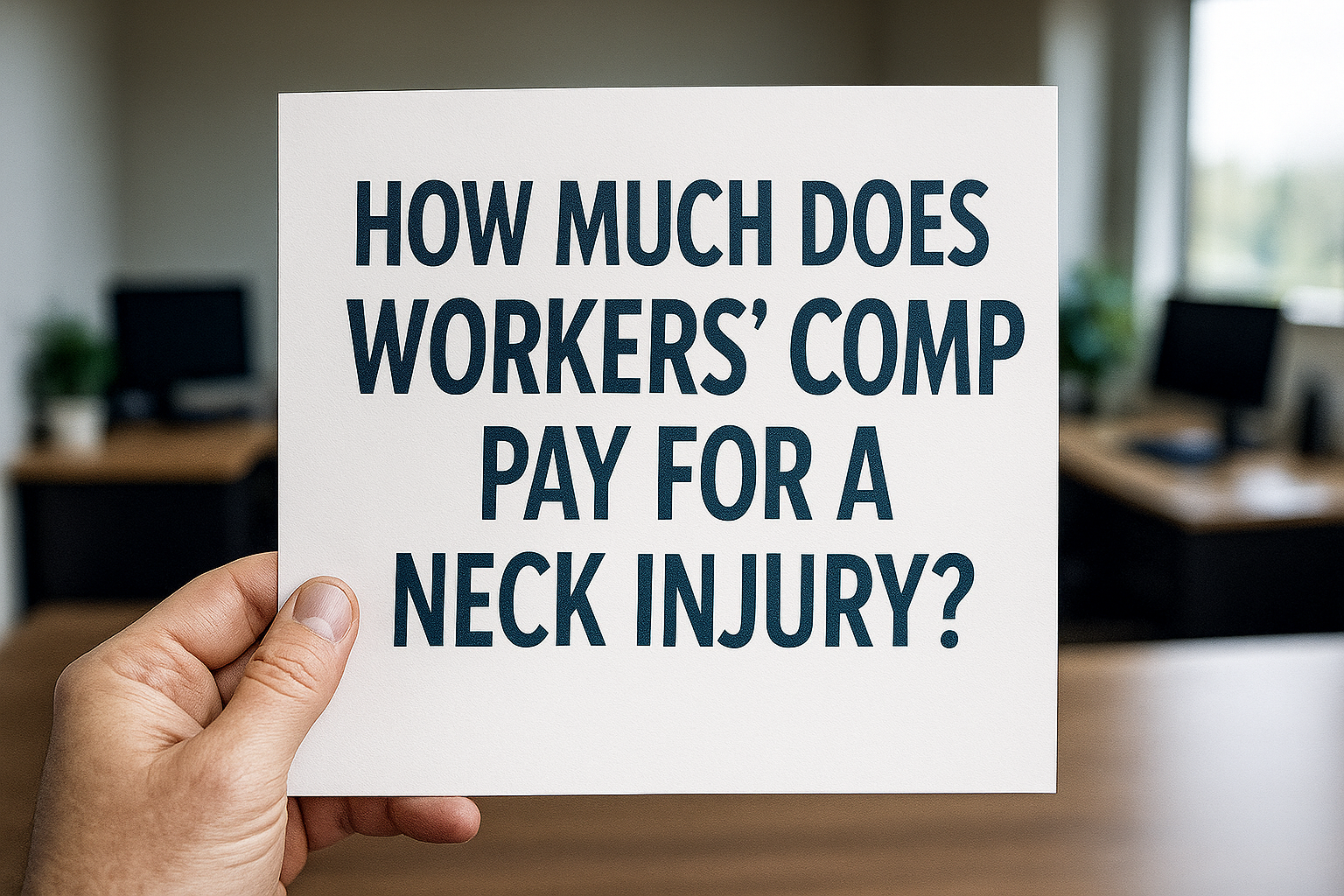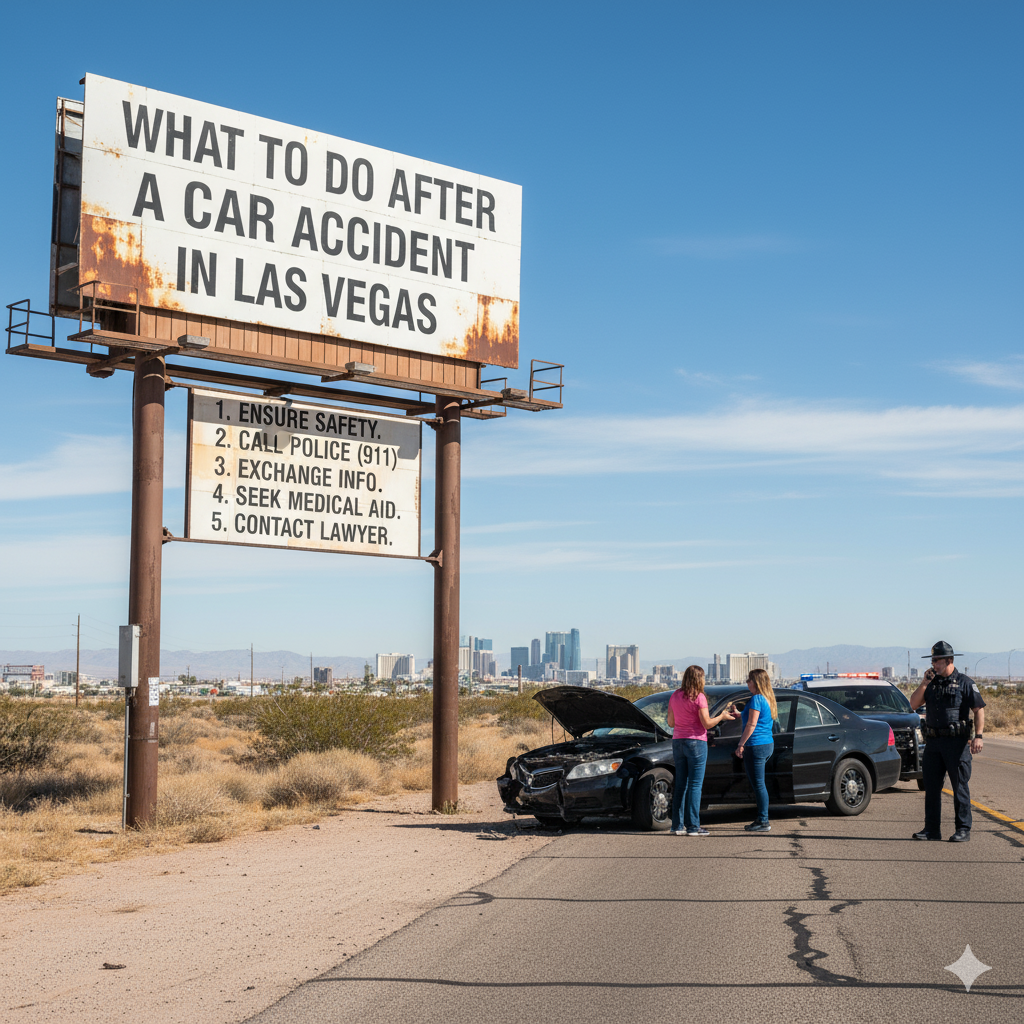A fracture of the big toe is a very common injury. It might occur to anyone. Maybe you hurt your foot in an accident. Maybe you fell. Perhaps you hit a toe at work or while doing something at home. It could be that you kicked against something in the ground. Then again, you might simply have stubbed your toe and you might think, “Why did I do that. Why do I do such dumb things?” But despite it being something that is not so bad, you still have to take care about it, especially when you don’t have professional medical advice.
If you have a broken toe and you don’t get follow-up care and urgent treatment early, then you possibly face with chronic complications. If you get early urgent care for broken toe, you will get a proper diagnosis and also the proper care, so, in this way, a broken toe would heal sooner and not lead to any long-term problems.
Symptoms of a Broken Toe
If you are headed to an urgent care for broken toe centre but unsure whether you have a broken toe, there are a few hallmarks: 1.
- Pain: Damage to the sensory nerves causes an immediate, sharp pain to the toe where the injury occurred. Swelling: Damage to the long bone induces an irritable reaction, which leads to redness and swelling in the affected area.
- Swelling around the affected toe could happen minutes or hours after the trauma.
- Bruising: Discoloration and bruising can develop, often spreading to nearby toes.
- Trouble Walking: You might struggle to walk or bear weight on the foot, especially if the toe is broken or torn.
- Deformity: The toe may look crooked or out of alignment in severe cases.
- If any of these symptoms occur, seek immediate treatment for your broken toe, as it may progress to a more serious injury.
Why Choose Urgent Care for a Broken Toe?
A sprained toe might not necessitate emergency room treatment, but it should be treated immediately! Here is why urgent care is the best place to do it:
1. Quick Diagnosis
The quickest way of diagnosing a broken toe at an urgent care facility is that after being examined by a doctor, he/she must order an X-ray to determine its seriousness level. Early diagnosis and treatment means a rapid cure.
2. Treatment and Immobilization
When a diagnosis of a broken toe is confirmed, urgent-care providers will generally provide treatment options, which may include:
- Buddy taping: then, you would tape the broken toe to the one next to the broken toe. Buddy taping: you tape the broken toe to the one next to it so there isn’t as much moving.
- Splint: You could immobilize the toe and reduce movement while the fracture heals with a splint.
- Special Protective Footwear: you could get a special shoe to protect that toe, and keep you hobbling without placing too much pressure on it.
3. Pain Management
At the very least, a visit to an urgent care for broken toe centre can give you pain relief (such as over-the-counter painkillers or anti-inflammatory medication) to reduce the pain and swelling or, if appropriate, a stronger prescription.
4. Preventing Complications
Without proper care or treatment of a broken toe, the toe might not heal properly. Even if the broken toe heals, there is another chance in the future, or years, that the patient’s broken toe goes untreated and may develop into chronic pain due to the original injury or even arthritis of the broken toe will mishear if not properly diagnosed or treated in a time where timely treatment is still available. Urgent care serves those with broken toes because it helps ensure the toe heals properly the first time.
What Happens If You Ignore a Broken Toe?
Someone might have tried ‘walking it off’ or thinks the finger will eventually mend by itself. But a series of complications can arise if the injury is ignored:
- suboptimal Healing: if the bones are not aligned properly, they will heal incorrectly, resulting in a lifetime of pain and the possibility of deformity.
- Infection: If the skin around the toe is broken, infection may occur.
- Chronic Pain: Untreated fractures can cause long-lasting pain and discomfort, especially during physical activity.
- Limited Mobility: without proper care, mobility limitations of the toe may occur, making walking and other daily activities difficult.
- You can avoid all these complications and heal faster by getting immediate treatment for a broken toe.
When to Visit Urgent Care for a Broken Toe
If, however, you have one of these, then it’s a good idea to head to urgent care:
- Intense pain and swelling that doesn’t subside with rest or ice
- The toe appears crooked or deformed
- You cannot walk or bear weight on the foot
- Numbness or tingling in the injured area
- The toenail turns black, indicating possible bleeding under the nail
Urgent care centres can see you promptly and quickly diagnose and treat your broken toe while avoiding the long wait times in the emergency room that often plague it. They keep most of the tools required for the task.
Recovery Tips After Visiting Urgent Care
After getting to the emergency room for emergency treatment of a broken toe, getting your foot on the road to recovery can be helped by:
- Rest: Do not put pressure on the affected foot. Try to avoid standing on the toe as much as possible.
- Ice: Apply ice to the injured toe several times daily to reduce swelling.
- Elevate: Keep your foot above heart level when resting to help reduce swelling.
- Follow-Up Care: Visit any necessary follow-up appointments with your urgent care provider to ensure the toe is healing well.
Most of them are about four to six weeks if it’s a normal broken toe. If it’s a more significant fracture, some of them could be longer than that. Then your activity level would also be a factor, as well as whether you’re following instructions very well.
Conclusion
The broken toe seems like a small problem, but when you have this problem, your bone is broken. The best to treat that problem is to go to urgent care for broken toe when it first happens. It’s fastest for them to make a diagnosis and treat it properly, and it’s gonna help you when they heal the broken in the right way.





